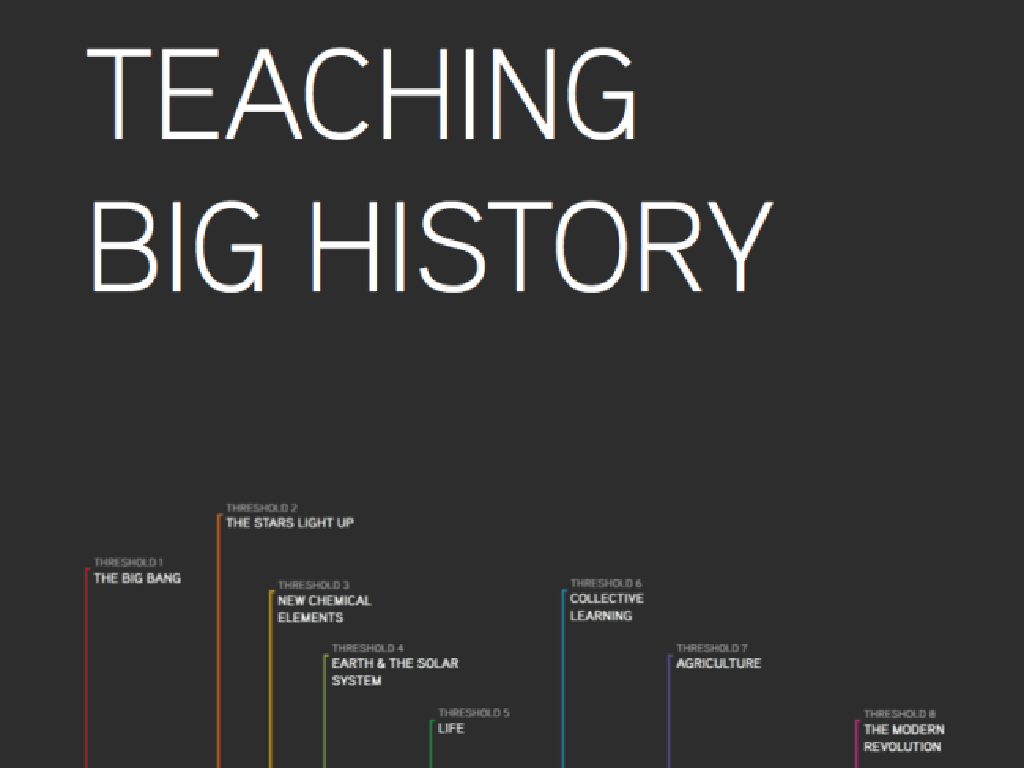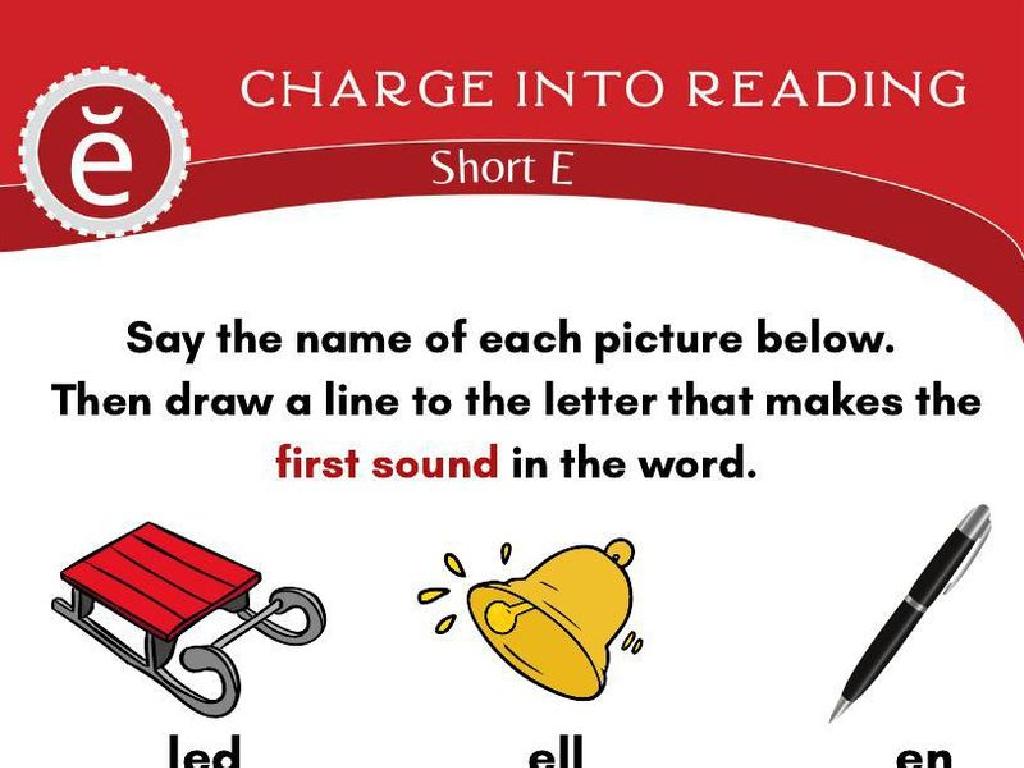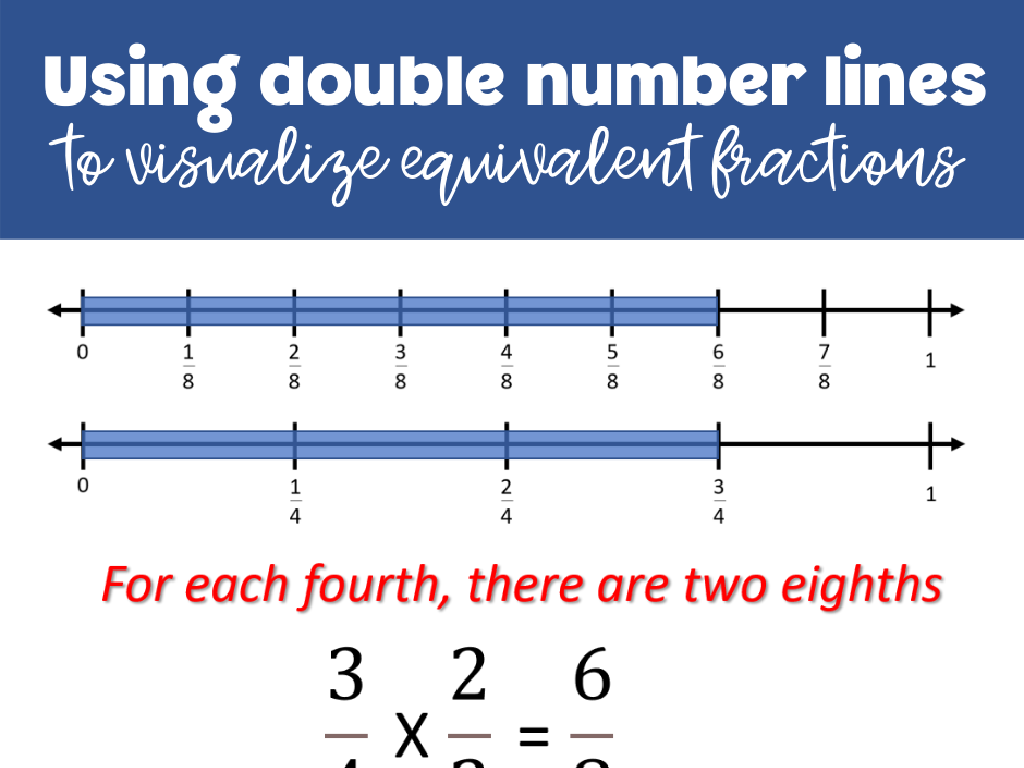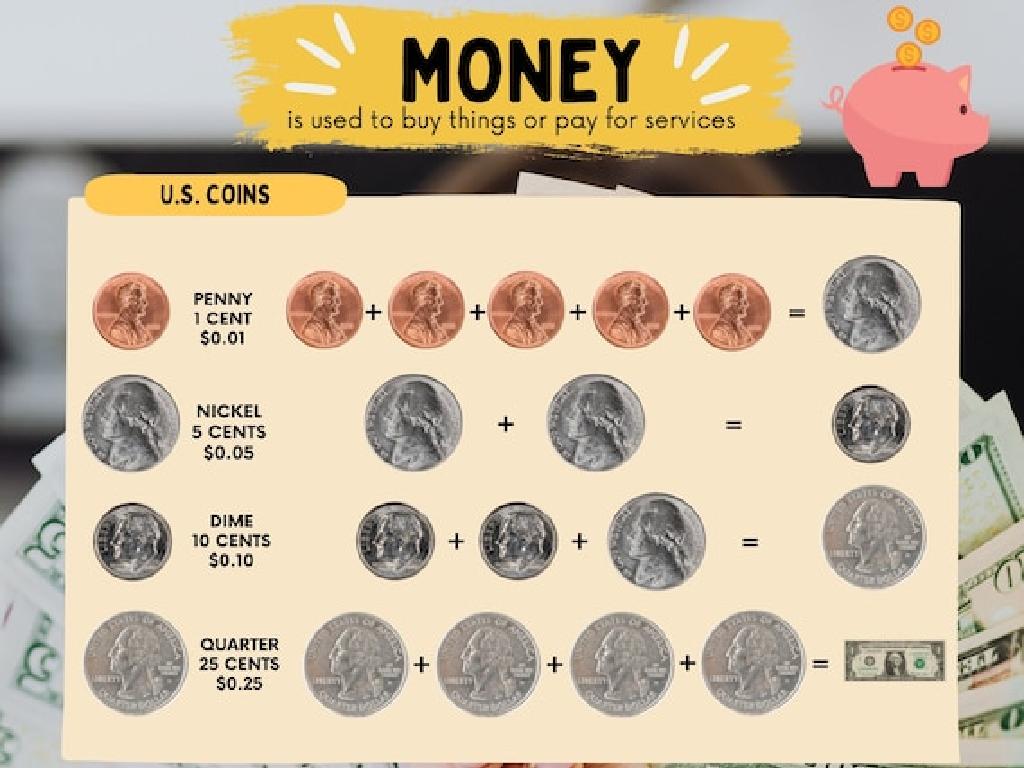Pronoun-Verb Contractions
Subject: Language arts
Grade: Fourth grade
Topic: Contractions
Please LOG IN to download the presentation. Access is available to registered users only.
View More Content
Exploring Pronoun-Verb Contractions
– Understanding contractions
– A contraction is a shortened form of words like ‘I am’ to ‘I’m’.
– Purpose of contractions in English
– We use them to make speaking and writing quicker and more natural.
– Common contraction examples
– ‘Can’t’ for ‘cannot’, ‘she’s’ for ‘she is’, ‘we’ll’ for ‘we will’.
– Practice with contractions
– Find contractions in a story or create your own using pronouns.
|
This slide introduces the concept of contractions, specifically focusing on pronoun-verb contractions, to fourth-grade students. Begin by explaining that contractions are a way to shorten words to make sentences easier to say and write. Emphasize that contractions are used very often in everyday English, making it important to understand them. Provide common examples and ensure that students recognize both the contracted form and the full form of the words. Encourage students to listen for contractions in conversations and to practice using them in their writing. As an activity, students can work on identifying contractions in a piece of text or try creating sentences with contractions to share with the class.
Understanding Pronouns and Their Roles
– Reviewing pronouns quickly
– Importance of pronouns in sentences
– Pronouns replace nouns to avoid repetition and simplify sentences.
– Examples: I, you, he, she, it, we, they
– ‘I’ for the speaker, ‘you’ for the listener, ‘he/she/it’ for others, ‘we’ for a group including the speaker, ‘they’ for a group not including the speaker.
– Practice identifying pronouns
– Find pronouns in a sentence: ‘She is happy because it is sunny.’
|
Begin with a quick review of pronouns to refresh the students’ memory. Explain the significance of pronouns in making sentences less repetitive and more fluid. Provide clear examples of pronouns and their usage, ensuring to cover singular and plural forms. Engage the class with an activity where they identify pronouns in example sentences. This will prepare them for understanding how these pronouns can be contracted with verbs in future lessons on contractions.
Understanding Verbs and Contractions
– Review: What are verbs?
– Verbs are action words like run, jump, think
– Verbs’ role in sentences
– Verbs tell us what the subject does
– Examples: is, are, will, have
– ‘He is’ becomes ‘He’s’, ‘They are’ to ‘They’re’
– Forming contractions with verbs
– ‘I will’ shortens to ‘I’ll’, ‘We have’ to ‘We’ve’
|
Begin with a quick review of verbs, ensuring students recall that verbs are action words or ‘doing’ words in a sentence. Discuss the importance of verbs as they describe the action or state of the subject. Provide clear examples of common verbs such as ‘is’, ‘are’, ‘will’, and ‘have’. Then, introduce the concept of contractions, showing how verbs combine with pronouns to form shortened versions, using apostrophes to replace omitted letters. Encourage students to practice by creating their own contractions and identifying them in reading exercises.
Exploring Pronoun-Verb Contractions
– Pronoun + verb = contraction
When a pronoun and a verb come together, they can be shortened.
– Apostrophes make contractions
An apostrophe replaces missing letters in contractions.
– Example: I am becomes I’m
The contraction for ‘I am’ is ‘I’m’, where the ‘a’ is dropped.
– Example: she will becomes she’ll
For ‘she will’, the contraction is ‘she’ll’, dropping ‘wi’ and joining with an apostrophe.
|
This slide introduces the concept of pronoun-verb contractions to the students. Explain that contractions are a way to shorten words and make our speech and writing more fluent. Emphasize the use of the apostrophe to show where letters have been omitted. Provide examples like ‘I’m’ for ‘I am’ and ‘she’ll’ for ‘she will’ to illustrate the concept. Encourage students to think of other pronoun-verb pairs and how they might be contracted. This will help them understand how common contractions are formed and used in everyday language.
Rules of Pronoun-Verb Contractions
– Apostrophe placement rules
– The apostrophe takes the place of missing letters, e.g., I am becomes I’m
– Letters dropped in contractions
– We often drop vowels, like ‘o’ in not, making do not become don’t
– Pronouncing contractions correctly
– Say it smoothly: can not to can’t sounds like ‘kant’
|
This slide aims to teach students the basic rules for creating pronoun-verb contractions. Emphasize that the apostrophe symbolizes omitted letters and is placed where these letters would normally appear. Highlight common contractions and the letters that are typically dropped, usually vowels. Practice pronouncing contractions, stressing the importance of smoothness and speed to achieve natural-sounding speech. Provide examples and encourage students to create contractions from full phrases to reinforce learning.
Pronoun-Verb Contractions: Examples and Practice
– Understanding contractions
– A contraction shortens words by replacing letters with an apostrophe, like ‘can’t’ from ‘cannot’
– Practice creating contractions
– Let’s turn ‘I am’ into ‘I’m’ and ‘we will’ into ‘we’ll’
– Correct sentences with contractions
– Find mistakes: ‘He is not’ should be ‘He isn’t’
– Class activity: contraction hunt
|
This slide is aimed at helping students understand and practice pronoun-verb contractions. Start by explaining that contractions make sentences shorter and often sound more casual or conversational. Show examples on the board and then have students create their own contractions from given pronouns and verbs. Next, present sentences that need correcting and let students identify and fix the contractions. For the class activity, students can work in pairs to find contractions in a text or their favorite book, which will help reinforce their learning. Provide guidance and ensure each student participates.
Your Turn to Try: Pronoun-Verb Contractions
– Write sentences with contractions
– Use pronoun-verb contractions
– Examples: I’m, you’re, she’s, we’ve
– Pair up and share your sentences
– Check each other’s contractions
– Look for correct apostrophe use
|
This interactive class activity is designed to help students practice using pronoun-verb contractions in their writing. Start by explaining that a contraction is a shortened form of two words, where an apostrophe replaces omitted letters. Provide examples of pronoun-verb contractions and use them in sentences. Then, have students write their own sentences using contractions they’ve learned. After writing, students will pair up to read each other’s sentences and check for correct use of contractions, paying special attention to the placement of the apostrophe. This peer review process encourages collaboration and helps reinforce the concept. Prepare a list of common pronoun-verb contractions for reference and consider creating a worksheet with sentence starters for students who may need additional support.
Game Time: Contraction Match-up!
– Engage in a matching card game
– Pair pronoun-verb for contractions
– Example: ‘I will’ matches with ‘I’ll’
– Work together in small groups
– Teamwork enhances learning and fun
– Learn contractions through play
|
This interactive group activity is designed to help students understand pronoun-verb contractions in a fun and engaging way. Prepare sets of cards with pronouns and verbs on one set, and their corresponding contractions on another. Students will work in small groups to match the correct pronoun-verb pairs with their contractions. For example, they’ll match ‘I will’ with ‘I’ll’. This game encourages teamwork and allows students to learn from each other. It’s a hands-on approach to reinforce the concept of contractions. Make sure to walk around the classroom to assist and guide the groups as needed. Possible variations of the activity could include timed challenges, memory games, or matching games with more complex contractions.
Wrapping Up: Pronoun-Verb Contractions
– Recap: Pronoun-verb contractions
– We’ve learned contractions like I’m, you’re, he’s, etc.
– Why contractions matter
– They make our writing and speaking quicker and more natural.
– Using contractions in daily life
– Practice by speaking or writing sentences using contractions.
– Looking ahead: More on contractions
|
As we conclude today’s lesson, remind students of the pronoun-verb contractions we’ve covered, such as ‘I’m’ for ‘I am’ and ‘you’re’ for ‘you are.’ Emphasize the importance of contractions in making communication more efficient and natural, both in writing and speaking. Encourage students to practice using contractions in their daily conversations and written assignments. Prepare them for the next lesson by letting them know we will continue exploring contractions, ensuring they understand that this is an ongoing learning process to enhance their language skills.
Class Activity: Contraction Creation!
– Write a short story or dialogue
– Use contractions correctly
– Combine a pronoun and a verb, like ‘I am’ to ‘I’m’
– Be creative in your writing
– Share with the class for review
– Get feedback from classmates
|
This activity is designed to help students practice using pronoun-verb contractions in a fun and engaging way. By writing their own stories or dialogues, students will apply their knowledge of contractions in context. Encourage them to be creative, perhaps by writing a funny story or an interesting conversation. Remind them to focus on using contractions correctly. After writing, students will share their stories with the class, providing an opportunity for peer learning and review. As a teacher, prepare to guide them through the peer review process, offering prompts or questions to help them give constructive feedback to each other. Possible activities for different students could include writing a fantasy story, a day in the life of a superhero, or a conversation between two animals.





